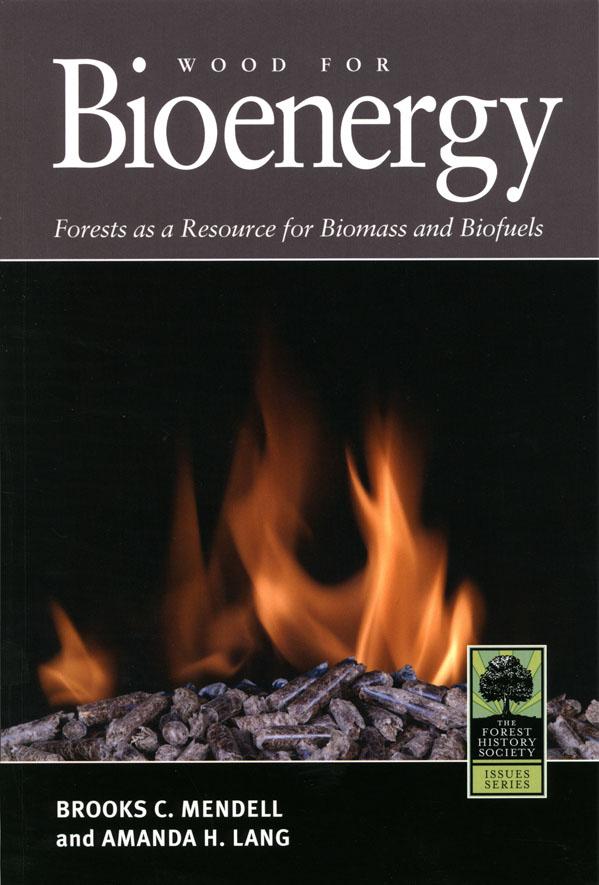Wood for Bioenergy: Forests as a Resource for Biomass and Biofuels

Today, as much of the world seeks to reduce dependence on fossil fuels, energy companies and nations alike are turning once again to our oldest renewable energy resource—wood. Both developing and industrialized countries are increasing their use of wood biomass as a direct substitute for fossil fuels for heating and producing electricity. And research is well underway on converting wood to a liquid fuel, which could lessen the reliance on oil.
But using wood for bioenergy and biofuels is not without its issues. Of primary concern is if the wood needed for those purposes can be secured on a sustainable basis. And without sizeable subsidies, it is not yet cost effective to convert wood to liquid fuel at a commercial scale. Other issues include the relation between biomass harvesting and carbon emissions, evaluating supply chain systems for energy markets, and the effect subsidies can have on the price of wood. By reviewing the historical context and contemporary issues surrounding this topic, Wood for Bioenergy provides a primer for teachers, policymakers, energy producers, landowners, forest managers, and journalists on this critical energy source.
This book was published with support from the Plum Creek Foundation, U.S. Forest Service Research, Forest Investment Associates, National Alliance of Forest Owners, Potlatch Corporation, Price Biostock, the Westervelt Company, and the Lynn W. Day Endowment for Forest History Publications.
Brooks Mendell is president of Forisk and vice president of research.
Amanda Hamsley Lang is senior consultant at Forisk and managing editor of Wood Bioenergy US.
© 2012 Forest History Society
77 pp.; 10 photos; 19 maps and figures.
Issues Series booklets are $9.95 (plus $4.00 shipping). Discounts are available if ordering 10 or more copies.

